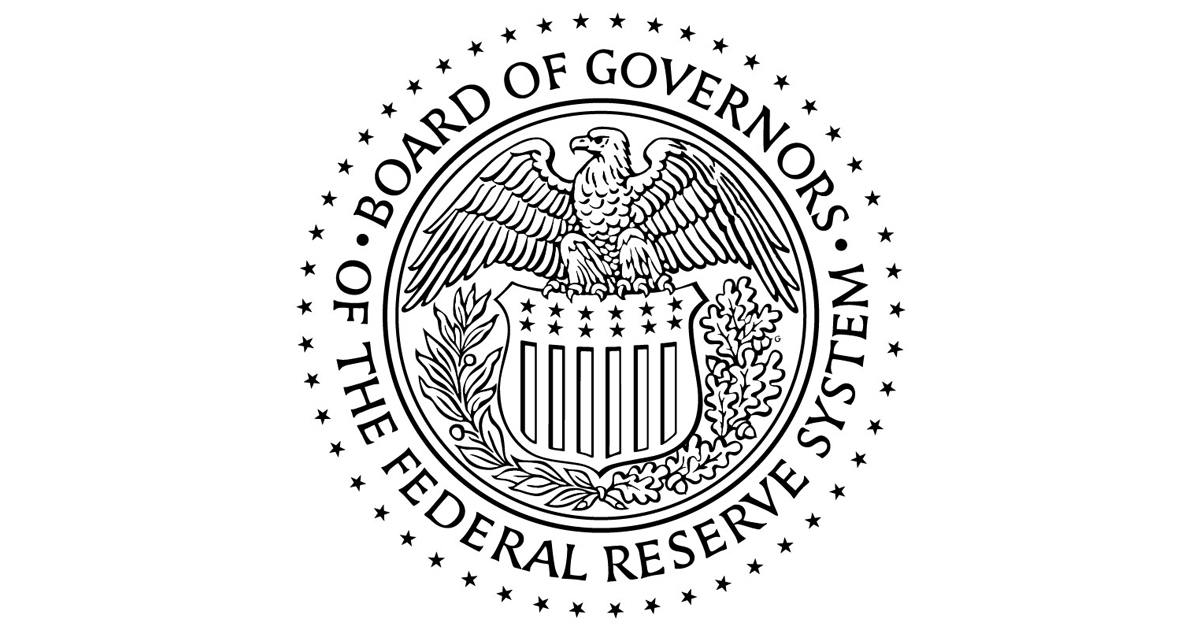Good morning. I’m very pleased to welcome you to the second annual Financial Inclusion Conference hosted by the Federal Reserve Board.1 Last year, at our inaugural event, I underscored that financial inclusion is essential for creating an economy that works for everyone, with innovation in the financial sector playing an important role.2
This year’s conference builds upon increased engagement across both the public and private sectors, with a collective effort to leverage technology to broaden financial service access and improve the financial well-being of consumers and small businesses. The Federal Reserve will continue to play an important role in these efforts through its research, community engagement, and regulatory approach. This work supports our ability to understand and communicate the state of financial inclusion, how banks support access to affordable financial services, and the role that our policies and practices play in promoting inclusion.
Progress to Date
Banks of all sizes are working to improve access to financial services for all Americans. As I’ve noted in the past, the U.S. banking system is well-positioned to bring consumers and small businesses into the financial mainstream by providing access to safe, fair, and responsive financial products and services.3 These efforts greatly benefit from our continued focus on broader access and innovation, including understanding how our supervisory and regulatory framework either supports or impairs a bank’s ability to provide affordable financial services that are consistent with safety and soundness.
Innovation comes in many forms. One example is through banks’ use of alternative data, which can enable banks to provide services like affordable small-dollar loans or to provide access to credit invisibles who may not have access to loans and other financial services from traditional lenders.4 This growing area of focus also helps align financial service offerings with a customer’s financial goals.
A well-functioning financial system provides a foundation for strong consumer financial health. To further this, the federal banking agencies recently published a request for information on check and payments fraud to help address the impact of this growing problem on banks and their customers. I am committed to working together with a wide range of state and federal partners, including law enforcement, to address this issue.5
A More Financially Inclusive Future
Although there has been significant progress in providing access to financial services, there is more work left to be done. We know that financial institutions, both small and large, are working to build innovative approaches to meet their customers’ needs while maintaining the safety and soundness of the banking system.
Today’s Conference
The theme of this year’s conference is “Unleashing a Financially Inclusive Future.” Today, we will hear from a number of experts that will help to explore what the future might hold for financial inclusion. Our next presenter, Jo Ann Barefoot from the Alliance for Innovative Regulation, will discuss the role of banking industry innovation and policies in support of financial inclusion. Later in the day we will hear from three panels focused on topics including evolving products and practices, the role of mission-driven organizations, and how cross-border payment innovations can facilitate the movement of money around the world.
I would like to thank you all for joining us today and I will turn it over to Art Lindo, Deputy Director and Head of Policy in the Board’s Division of Supervision & Regulation, to introduce Jo Ann Barefoot.
Thank you for the opportunity to join you virtually today, and for your ongoing commitment to support a financially inclusive future.
1. The views expressed here are my own and are not necessarily those of my colleagues on the Federal Reserve Board or the Federal Open Market Committee. Return to text
2. See Michelle W. Bowman, “Promoting an Inclusive Financial System (PDF),” speech delivered at Financial Inclusion Practices and Innovations Conference at the Federal Reserve Board of Governors, Washington, D.C., July 9, 2025. Return to text
3. Bowman, “Promoting an Inclusive Financial System.” Return to text
4. For more details on regulations related to alternative data use in credit underwriting and small-dollar lending, see Board of Governors of the Federal Reserve System, “Interagency Statement on the Use of Alternative Data in Credit Underwriting,” CA letter 19-11 (December 12, 2019), and Board of Governors of the Federal Reserve System, “Interagency Lending Principles for Making Responsible Small-Dollar Loans,” SR letter 20-14/CA 20-8 (May 20, 2020). Return to text
5. See Board of Governors of the Federal Reserve System, Federal Deposit Insurance Corporation, and Office of the Comptroller of the Currency, “Federal Bank Regulatory Agencies Seek Comment to Address Payments and Check Fraud,” press release, June 16, 2025. Return to text
